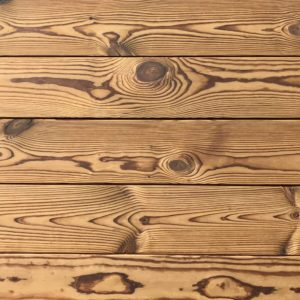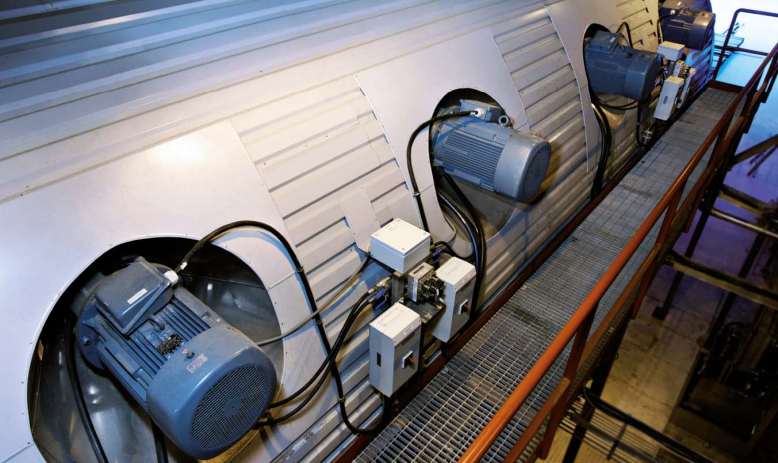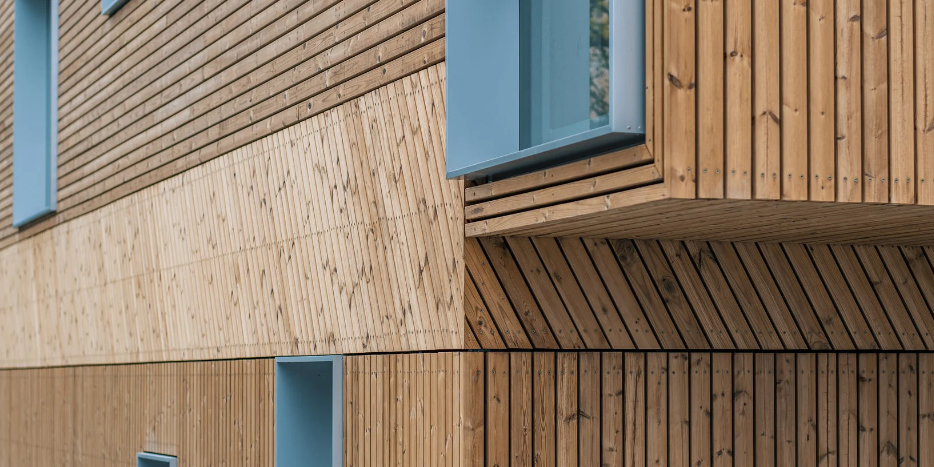Thermo pine for sustainable interiors and durable facades
Thermo pine is the same as pine, but without its characteristic disadvantages and with a much wider range of applications.
Thermo pine owes much of its popularity to the ban on the use of chemically treated wood. Directive 2003/2/EC of the European Union banned the use of wood treated with chromium copper arsenate for construction and finishing of residential premises, so manufacturers had to develop alternative woodworking technologies. One of them was thermo-modification — the process of wood processing in a vapour-air environment at a temperature of 180-240°C. The active agents are temperature and steam, no chemistry. That is why thermo-treated wood, in our case thermo-pine, is considered an environmentally safe and clean material.
If we reduce the process of thermo-modification to one sentence, we will get the following: first pine sawn timber is drying at 60-100°C, then in a thermo-chamber it is treated with hot steam at 180-215°C, after which it is cooled down and restored humidity to 4-7%.
In practice, heat treatment takes several days or even dozens of days if thermo-modification is carried out according to Dutch or French technology.

The finished product has the following properties:
Dimensional stability is 10-15 times higher than standard. That is, in conditions when a classic pine board will be bent by a boat, the same board, but made of thermo-pine will retain its geometry.
Biological resistance. At a temperature of 180-215°C in the cells of pine polysaccharides disintegrate into the simplest components and all that tasty stuff that attracted insects and served as a breeding ground for fungi disappears from the wood. There is nothing for them to eat, and they do not linger on wagons, planken and boards made of thermo pine.
Hardness increases. The outer layers of wood are subjected to the strongest temperature modification and here structural changes lead to a noticeable increase in hardness. However, at the same time as hardness, elasticity and bending strength are slightly lost.
The thermal conductivity decreases by 20-25%. This means that a house with an inner skin or facade made of thermo pine will be 20-25% warmer.
Fans of sauna note also the complete absence of resinousness in the wagons and imitation timber from thermo pine, which removes all restrictions on the use of material for finishing walls and ceiling in the steam room.

Specificity of the material
For the production of thermopine in Europe use Dutch, Finnish, French technologies. They are standardised and regulated at all stages, from the selection of raw materials to the storage of products. In Russia there is not a single technology adapted to our raw materials, not to mention standards, technical conditions and classification. That is why on the thermo-pine market you can find thermo-wood «thermal» treatment at 170°C, imitation timber with burnt knots, non-uniform in density boards in one batch.
Pine is a soft species, so it requires a standardised approach to raw material quality thresholds and exposure to certain temperatures. We first developed our thermo-modification technology on dense and hard ash, achieved consistent strength and colour, and then extrapolated it to pine. Thanks to this approach, we are now able to offer builders, designers and private customers durable thermo-pine for facades and interiors with consistent quality and colour.
